Home>Gardening & Outdoor>Outdoor Structures>How To Remove Rust Stains From Composite Decking
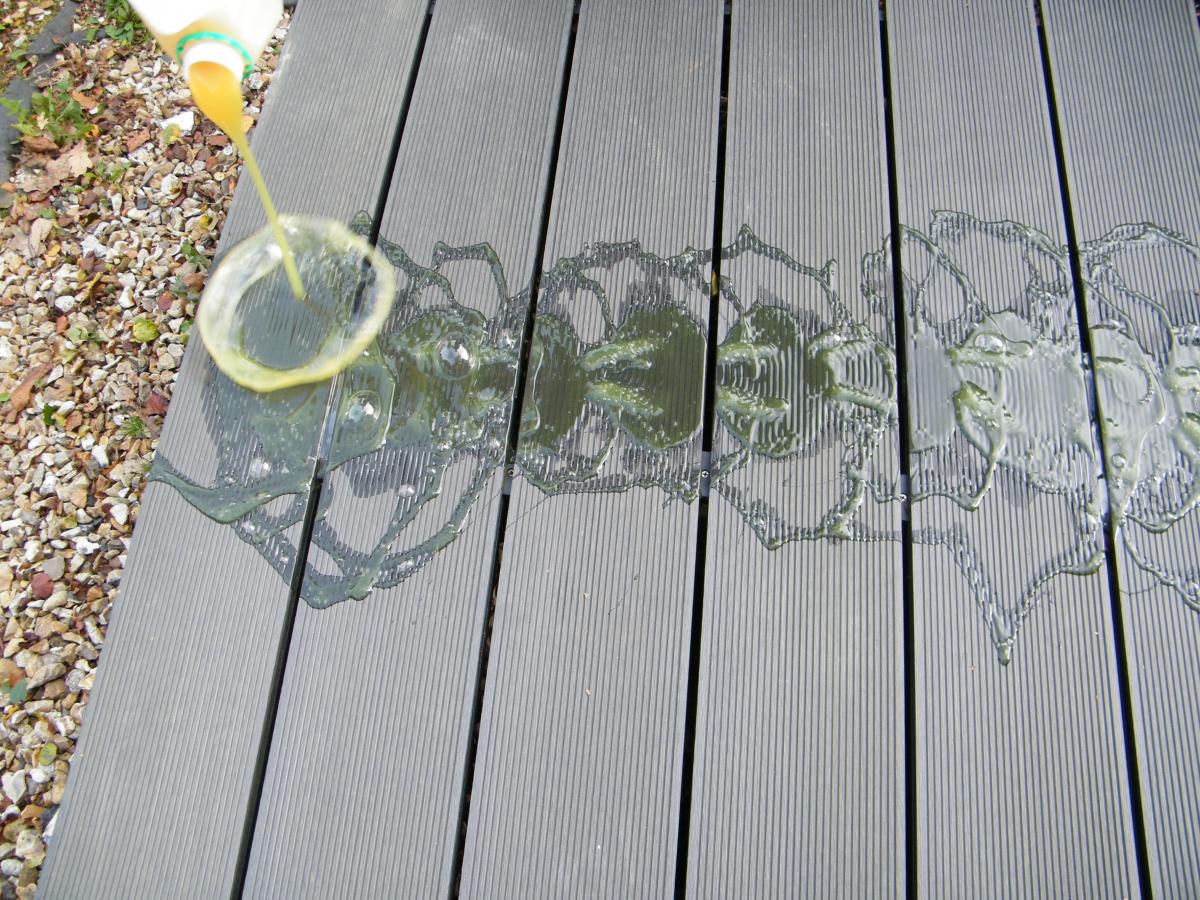

Outdoor Structures
How To Remove Rust Stains From Composite Decking
Modified: January 9, 2024
Learn how to effectively remove rust stains from composite decking and restore the beauty of your outdoor structures with our expert tips and techniques. Keep your outdoor living space looking pristine and rust-free.
(Many of the links in this article redirect to a specific reviewed product. Your purchase of these products through affiliate links helps to generate commission for Storables.com, at no extra cost. Learn more)
Introduction
So, you've invested in a beautiful composite decking to elevate your outdoor living space. It's a low-maintenance, durable, and aesthetically pleasing alternative to traditional wood decking. However, despite its many advantages, composite decking is not entirely immune to the pesky problem of rust stains. Whether it's from metal furniture, accessories, or accidental exposure to rust-inducing elements, those unsightly blemishes can detract from the deck's visual appeal.
But fear not! With the right knowledge and tools, you can effectively remove rust stains from your composite decking, restoring its pristine appearance and ensuring its longevity. In this comprehensive guide, we'll delve into the intricacies of composite decking, identify rust stains, discuss the essential tools and materials needed, and provide step-by-step instructions for removing the stains. Additionally, we'll explore preventive measures to shield your decking from future rust stains, allowing you to enjoy your outdoor oasis without worry.
So, grab your cleaning gear and let's dive into the world of composite decking maintenance, where we'll equip you with the expertise to bid farewell to those stubborn rust stains once and for all.
Key Takeaways:
- Say goodbye to rust stains on your composite decking by using gentle cleaning solutions and preventive measures to keep your outdoor oasis looking pristine and beautiful.
- Protect your composite decking from future rust stains by using protective pads, regular maintenance, and rust-resistant materials to maintain its allure for years to come.
Read more: How To Remove Stains From Composite Decking
Understanding Composite Decking
Composite decking has gained immense popularity due to its exceptional durability, low maintenance requirements, and aesthetic appeal. This innovative material is crafted from a blend of wood fibers, plastic, and binding agents, resulting in a sturdy and weather-resistant product that closely mimics the look and feel of natural wood. Unlike traditional wood decking, composite boards are engineered to resist rot, warping, splintering, and insect damage, making them an ideal choice for outdoor structures.
One of the key advantages of composite decking is its resistance to common issues that plague traditional wood decks, such as mold, mildew, and staining. However, despite its robust composition, composite decking is not impervious to rust stains. When metal objects or materials containing iron come into contact with the decking surface and are exposed to moisture, the result can be unsightly rust stains that diminish the deck’s visual appeal.
It’s important to note that while composite decking is highly resistant to many environmental stressors, it is not entirely maintenance-free. Regular cleaning and proactive care are essential for preserving its pristine condition and ensuring its longevity. By understanding the unique properties of composite decking and the factors that can lead to rust stains, you can effectively address and prevent this common issue, allowing your outdoor oasis to maintain its allure for years to come.
Now that we’ve explored the fundamental characteristics of composite decking, let’s turn our attention to identifying rust stains and gaining insight into the necessary tools and materials for their removal.
Identifying Rust Stains
Rust stains on composite decking can manifest in various forms, appearing as reddish-brown discolorations that detract from the deck’s natural beauty. These stains often result from the oxidation of iron or steel particles that come into contact with the decking surface and react with moisture or humidity. Common sources of rust stains include metal furniture, planters, nails, screws, or any metallic objects left in prolonged contact with the composite material.
It’s essential to promptly identify and address rust stains to prevent them from becoming deeply embedded in the decking. Early detection allows for easier removal and minimizes the risk of long-term discoloration. When inspecting your composite decking for rust stains, pay close attention to areas where metal objects or fixtures are in direct contact with the surface. Additionally, be mindful of any signs of corrosion or oxidation on metal components, as these can serve as indicators of potential rust stains on the decking.
Furthermore, seasonal changes and exposure to environmental elements can influence the likelihood of rust stains. For instance, periods of high humidity or frequent rain can accelerate the oxidation process, increasing the risk of rust formation on the decking. By remaining vigilant and proactive in identifying rust stains, you can implement timely interventions to preserve the pristine appearance of your composite decking.
Now that we’ve covered the identification of rust stains, let’s proceed to explore the essential tools and materials needed for effectively removing these blemishes from your composite decking.
Tools and Materials Needed
Before embarking on the task of removing rust stains from your composite decking, it’s imperative to gather the essential tools and materials to ensure a thorough and effective cleaning process. Here’s a comprehensive list of items you’ll need:
Tools:
- Stiff-bristled brush or scrubbing pad
- Soft-bristled brush for delicate areas
- Plastic putty knife or non-abrasive scraper
- Bucket for mixing cleaning solution
- Garden hose or pressure washer (optional)
Materials:
- Mild dish soap or composite deck cleaner
- Oxygenated bleach (sodium percarbonate)
- Vinegar or lemon juice
- Baking soda
- Waterproof gloves
- Protective eyewear
- Clean, soft cloths or microfiber towels
When selecting cleaning agents, opt for gentle yet effective solutions that are safe for use on composite decking. Avoid harsh chemicals or abrasive cleaners that can compromise the integrity of the material. Additionally, ensure that the brushes and scrubbing pads are suitable for use on composite surfaces to prevent scratching or damage.
Depending on the severity of the rust stains and the size of the affected areas, you may choose to utilize a garden hose for rinsing or a pressure washer for more stubborn stains. However, exercise caution when using a pressure washer to avoid applying excessive force that could potentially damage the decking.
By assembling the necessary tools and materials, you’ll be well-equipped to tackle the task of rust stain removal from your composite decking. With these preparations in place, you’re ready to proceed to the next steps, where we’ll delve into the meticulous process of preparing the decking for cleaning.
Preparing the Decking
Prior to initiating the rust stain removal process, it’s crucial to prepare the composite decking to facilitate thorough cleaning and minimize the risk of spreading the stains. Here are the essential steps for preparing the decking:
Clear the Area: Begin by removing any furniture, planters, or decorative items from the affected areas of the decking. Clearing the space allows for unobstructed access and prevents potential damage to surrounding objects during the cleaning process.
Sweep or Brush: Use a soft-bristled broom or brush to gently sweep away loose debris, dirt, and organic matter from the decking surface. This preliminary step helps eliminate surface contaminants and ensures that the cleaning solution can effectively target the rust stains.
Dilute the Cleaning Solution: If utilizing a composite deck cleaner, follow the manufacturer’s instructions for dilution. For a DIY cleaning solution, mix a mild dish soap or a small amount of oxygenated bleach with water in a bucket. Avoid using undiluted cleaning agents, as excessive concentration can potentially damage the decking.
Test in a Discreet Area: Before applying the cleaning solution to the entire affected area, perform a patch test in a discreet spot on the decking to assess its compatibility and effectiveness. This precautionary measure helps prevent unintended discoloration or adverse reactions to the cleaning solution.
Protective Gear: Prior to handling cleaning agents, don waterproof gloves and protective eyewear to safeguard your skin and eyes from potential irritation. Additionally, ensure adequate ventilation in the cleaning area to minimize exposure to fumes or vapors.
By meticulously preparing the decking and adhering to these preliminary steps, you’ll create an optimal environment for effectively addressing the rust stains without compromising the integrity of the composite material. With the groundwork laid, you’re now ready to delve into the step-by-step process of removing rust stains from your composite decking.
To remove rust stains from composite decking, mix equal parts of water and white vinegar and apply it to the stained area. Let it sit for 10-15 minutes, then scrub with a soft brush. Rinse with water.
Removing Rust Stains
Now that the composite decking is prepped and the necessary tools and materials are at hand, it’s time to embark on the process of removing those stubborn rust stains. Follow these step-by-step instructions to effectively eliminate the blemishes and restore the pristine appearance of your decking:
1. Apply the Cleaning Solution: Begin by generously applying the diluted cleaning solution to the rust-stained areas of the decking. Use a soft-bristled brush or scrubbing pad to work the solution into the stains, ensuring thorough coverage.
2. Allow Dwell Time: Let the cleaning solution sit on the affected areas for the recommended dwell time, allowing it to penetrate and loosen the rust stains. This dwell period facilitates the breakdown of the oxidation and prepares the stains for removal.
3. Agitate and Scrub: Using a stiff-bristled brush or scrubbing pad, vigorously agitate the rust-stained areas to dislodge the oxidation and lift the discolorations from the decking surface. For delicate or intricate areas, utilize a soft-bristled brush to avoid potential damage to the composite material.
4. Rinse Thoroughly: Once the stains have been effectively loosened and lifted, thoroughly rinse the treated areas with water. A garden hose or low-pressure pressure washer can be used to ensure complete removal of the cleaning solution and residual rust particles.
5. Assess and Repeat if Necessary: Inspect the treated areas to assess the effectiveness of the rust stain removal. If residual stains persist, consider repeating the cleaning process or targeting specific spots with a more concentrated application of the cleaning solution.
6. Dry the Decking: Allow the decking to thoroughly air dry before reintroducing furniture or accessories to the cleaned areas. This drying period ensures that any remaining moisture evaporates, leaving the decking surface clean and ready for use.
By diligently following these steps and exercising patience throughout the process, you can successfully banish rust stains from your composite decking, revitalizing its appearance and preserving its allure for years to come. With the blemishes eradicated, it’s time to explore preventive measures to shield your decking from future encounters with unsightly rust stains.
Preventing Future Rust Stains
After investing time and effort into removing rust stains from your composite decking, it’s essential to implement preventive measures to safeguard against future occurrences. By proactively addressing potential sources of rust and adopting protective strategies, you can maintain the pristine condition of your decking. Here are effective preventive measures to consider:
Use Protective Pads: When placing metal furniture, planters, or accessories on the decking, utilize protective pads or feet to create a barrier between the metal components and the composite surface. These pads help minimize direct contact and reduce the risk of rust stains.
Regular Inspection and Maintenance: Routinely inspect metal fixtures, fasteners, and accessories on the decking for signs of corrosion or wear. Address any rust-prone components promptly to prevent the transfer of oxidation to the decking surface.
Proper Drainage and Ventilation: Ensure that the decking area maintains adequate drainage and ventilation to prevent the accumulation of moisture, which can exacerbate the formation of rust stains. Clear debris and organic matter from the decking to promote airflow and minimize moisture retention.
Prompt Cleaning and Spills: Immediately address any spills or stains on the decking, especially those originating from rust-inducing substances. Swift action can prevent the prolonged exposure of the composite material to potential sources of oxidation.
Utilize Rust-Resistant Materials: When selecting outdoor furniture, fixtures, or accessories, opt for rust-resistant materials such as stainless steel, aluminum, or coated metals. These materials are less likely to produce rust stains when in contact with composite decking.
Periodic Cleaning and Maintenance: Implement a regular cleaning and maintenance schedule for your composite decking to prevent the accumulation of debris, which can exacerbate the risk of rust stains. Utilize gentle cleaning solutions and techniques suitable for composite materials to preserve the decking’s pristine condition.
By incorporating these preventive measures into your decking maintenance routine, you can effectively shield your composite decking from future encounters with unsightly rust stains. Proactive care and vigilance play a pivotal role in preserving the beauty and longevity of your outdoor oasis, allowing you to relish in its splendor without the looming threat of rust blemishes.
Read more: How To Remove Rust Stains From Carpet
Conclusion
Congratulations! You’ve successfully navigated the process of removing rust stains from your composite decking, reclaiming its natural allure and ensuring its continued visual appeal. By understanding the unique properties of composite decking, identifying rust stains, and employing the necessary tools and materials, you’ve effectively eradicated those stubborn blemishes, revitalizing your outdoor living space.
As you’ve witnessed, proactive care and maintenance are integral to preserving the pristine condition of composite decking. By remaining attentive to potential sources of rust and implementing preventive measures, you can fortify your decking against future encounters with unsightly stains, allowing you to revel in its beauty without the burden of constant maintenance.
Remember, regular inspection, prompt cleaning, and the use of protective measures are key components of comprehensive decking maintenance. By incorporating these practices into your routine, you can prolong the longevity of your composite decking and relish in its splendor for years to come.
With your newfound expertise in rust stain removal and preventive strategies, you’re well-equipped to safeguard your composite decking and maintain its pristine condition. So, go ahead and savor the serenity of your outdoor oasis, knowing that you have the knowledge and tools to combat rust stains and preserve the timeless allure of your composite decking.
Now, take a moment to bask in the beauty of your revitalized decking, and perhaps consider sharing your newfound wisdom with others who may be grappling with the challenge of rust stain removal. With your guidance, they too can restore the luster of their outdoor spaces and embrace the tranquility of a rust stain-free composite decking.
Frequently Asked Questions about How To Remove Rust Stains From Composite Decking
Was this page helpful?
At Storables.com, we guarantee accurate and reliable information. Our content, validated by Expert Board Contributors, is crafted following stringent Editorial Policies. We're committed to providing you with well-researched, expert-backed insights for all your informational needs.
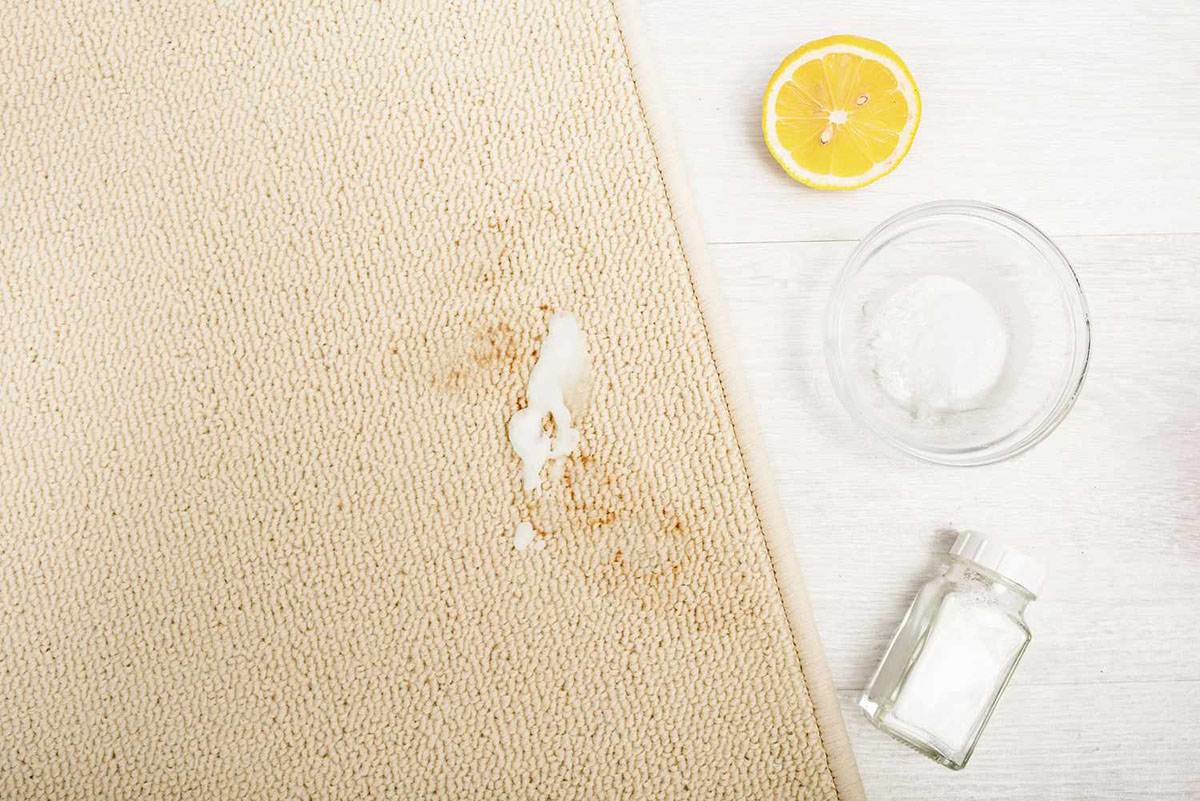
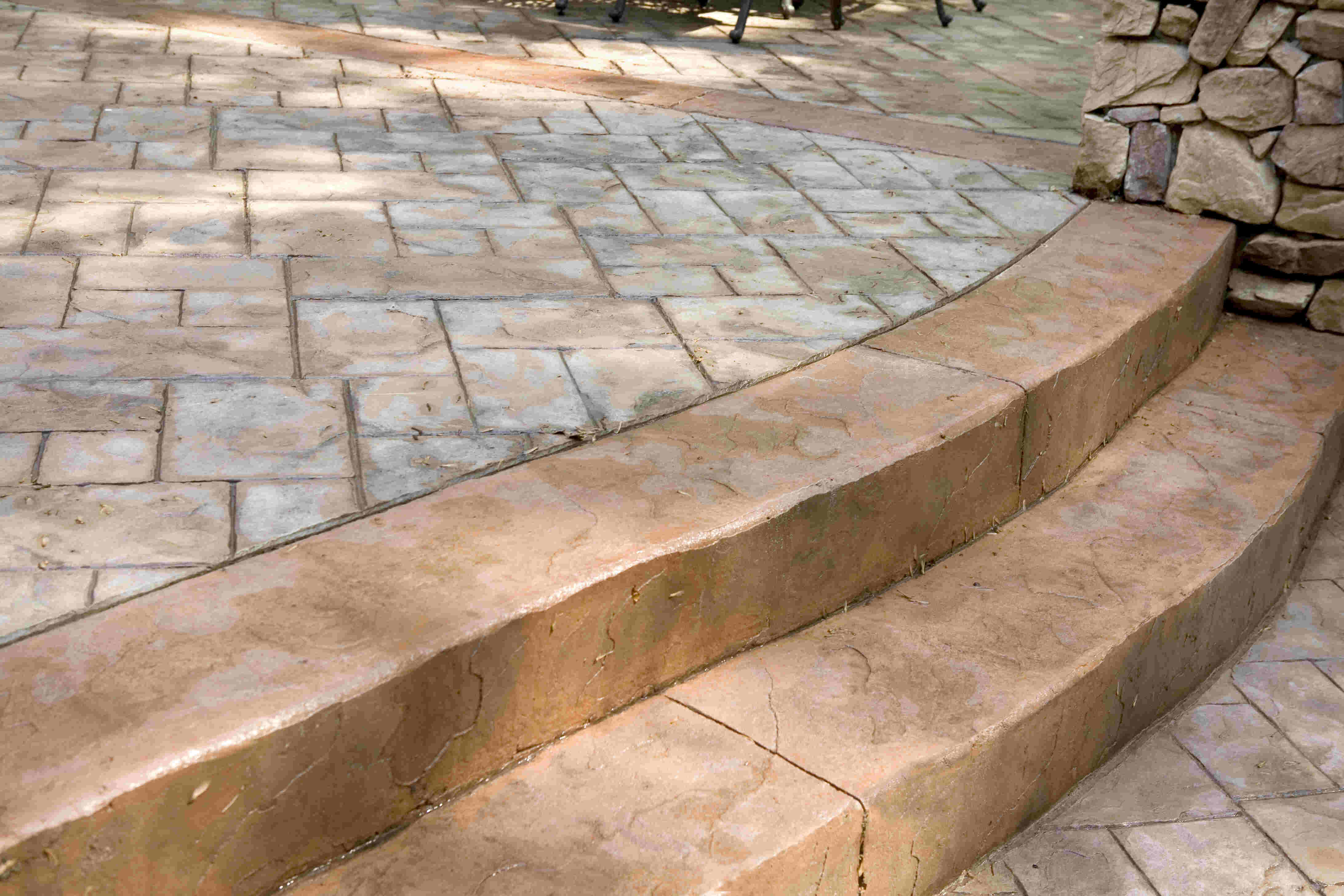
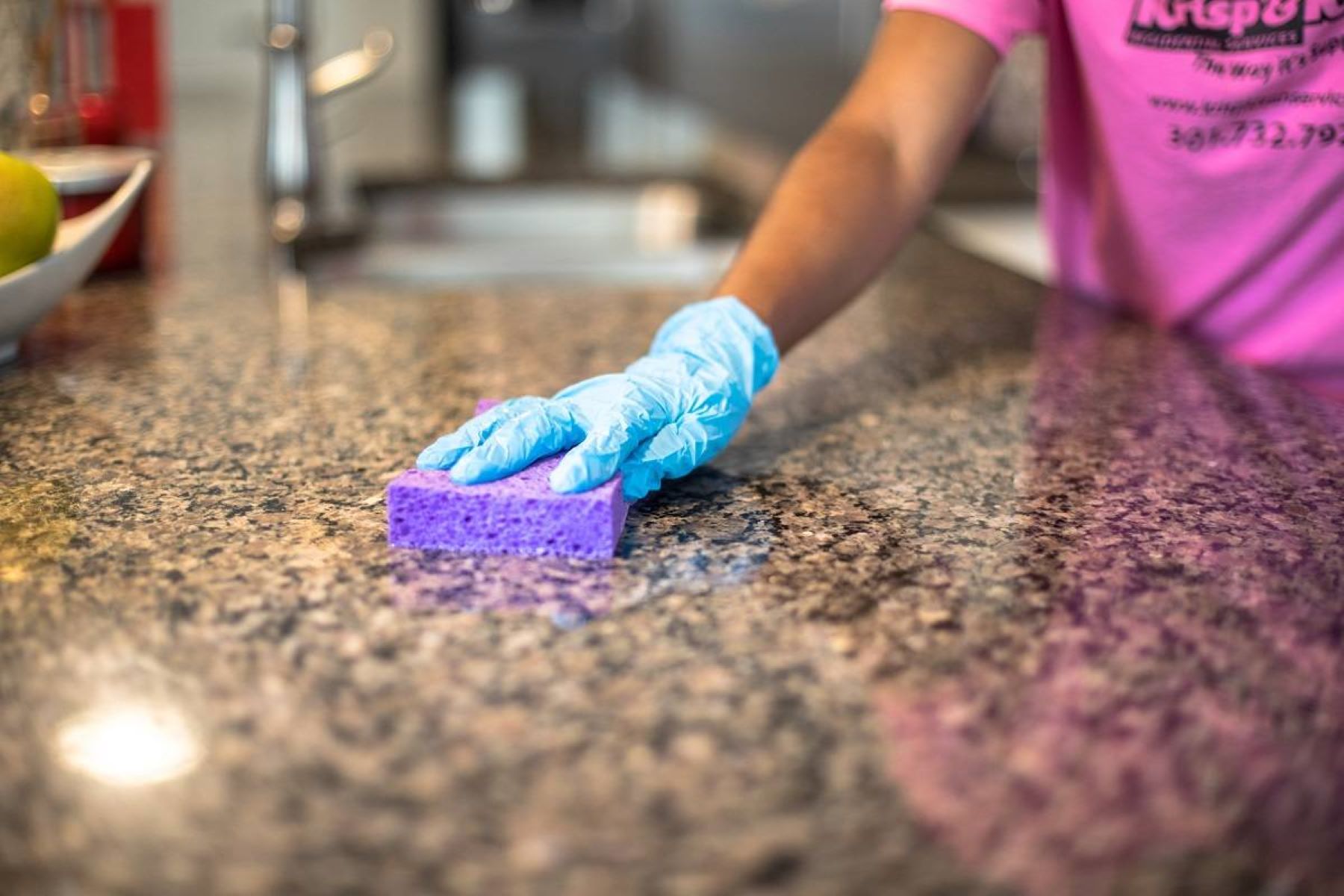
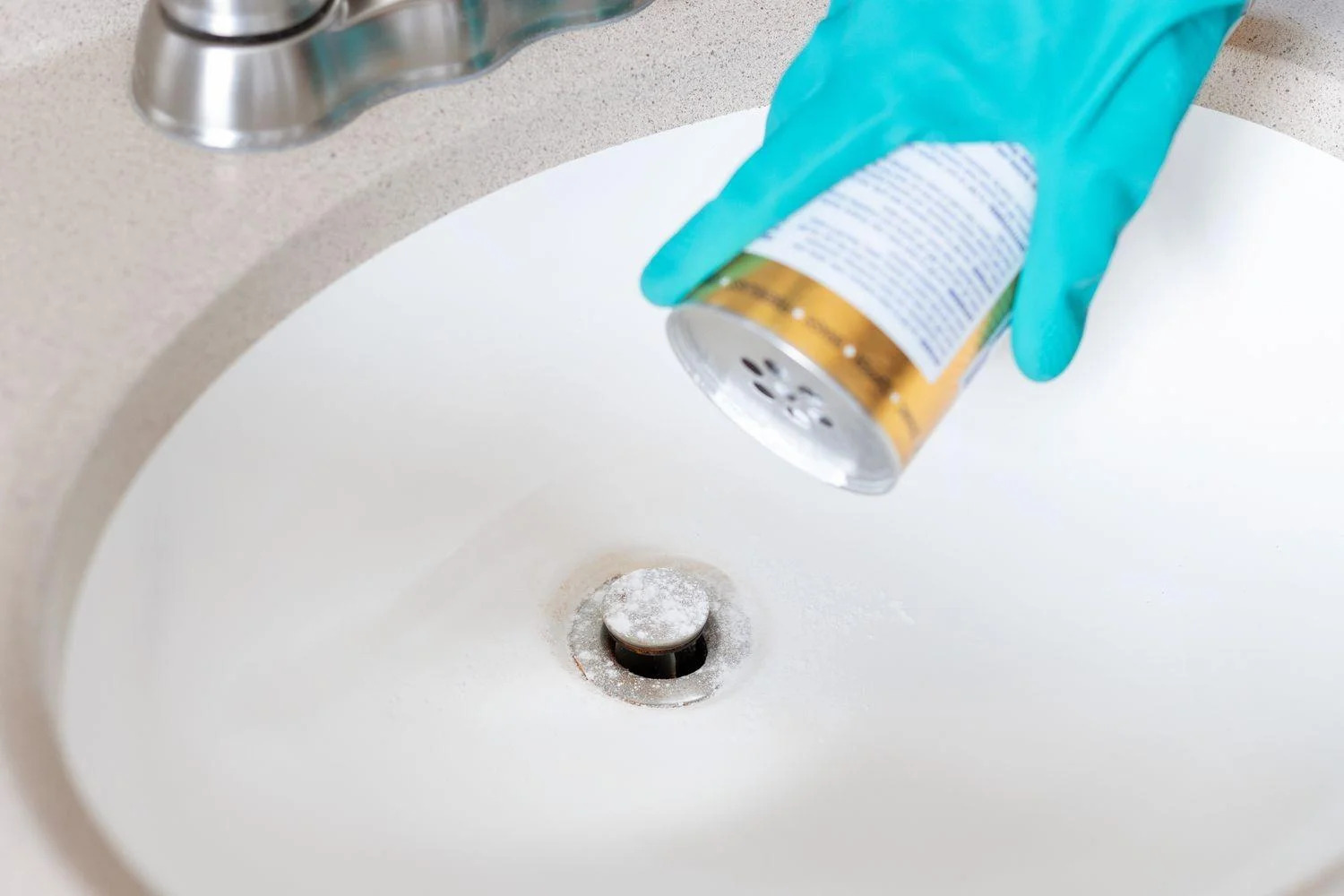
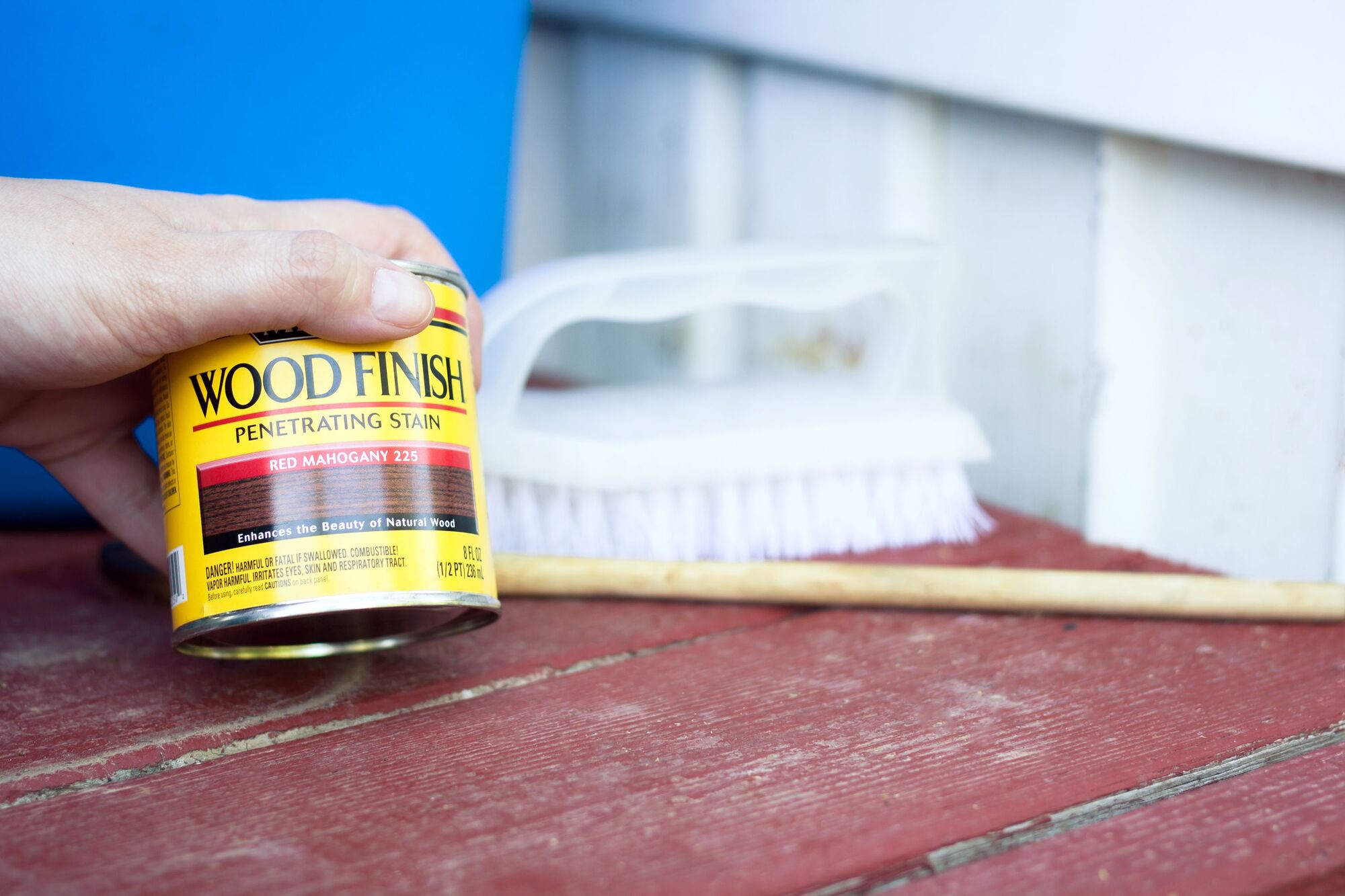
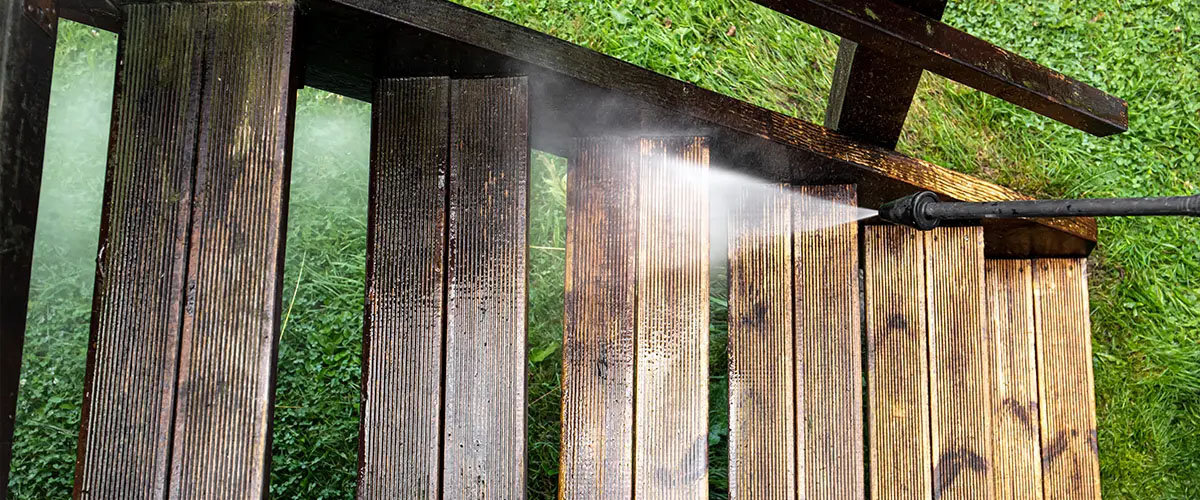
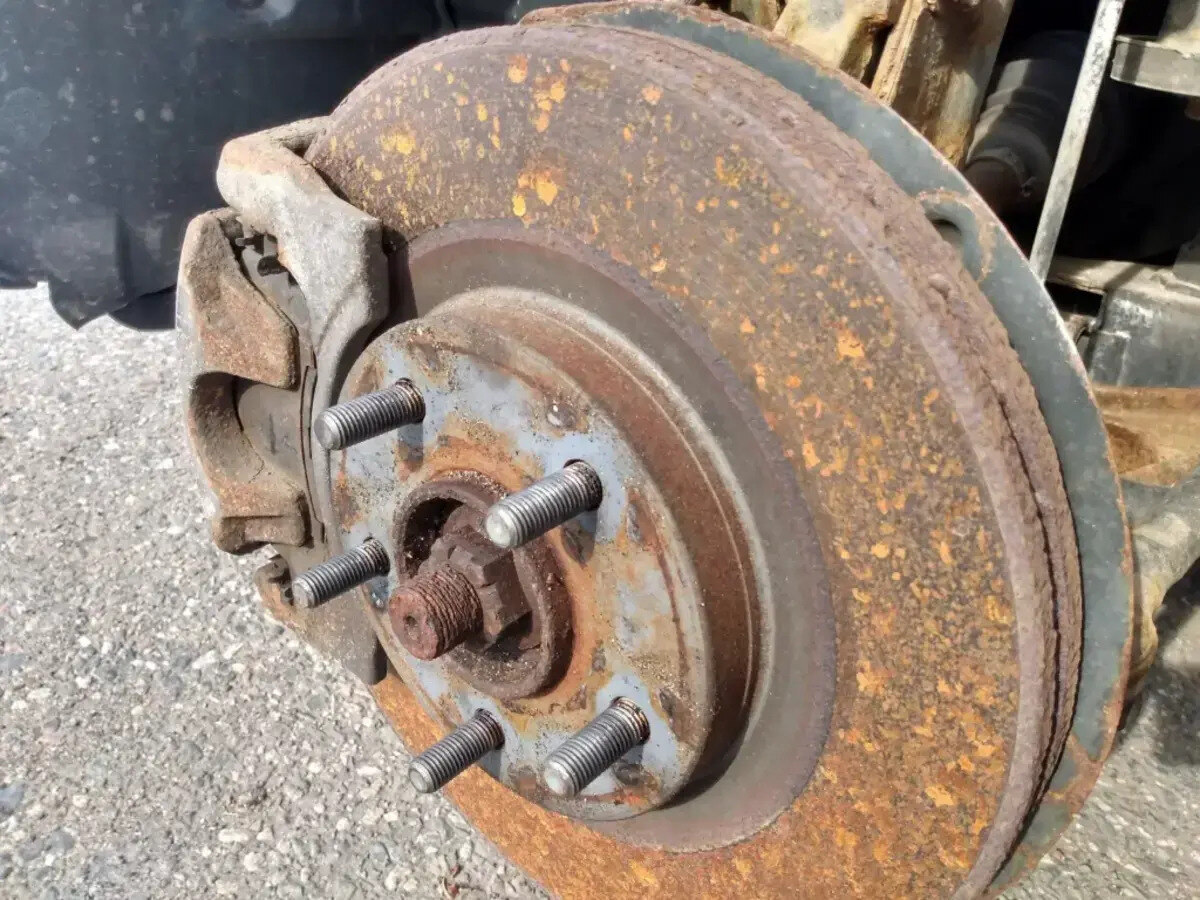
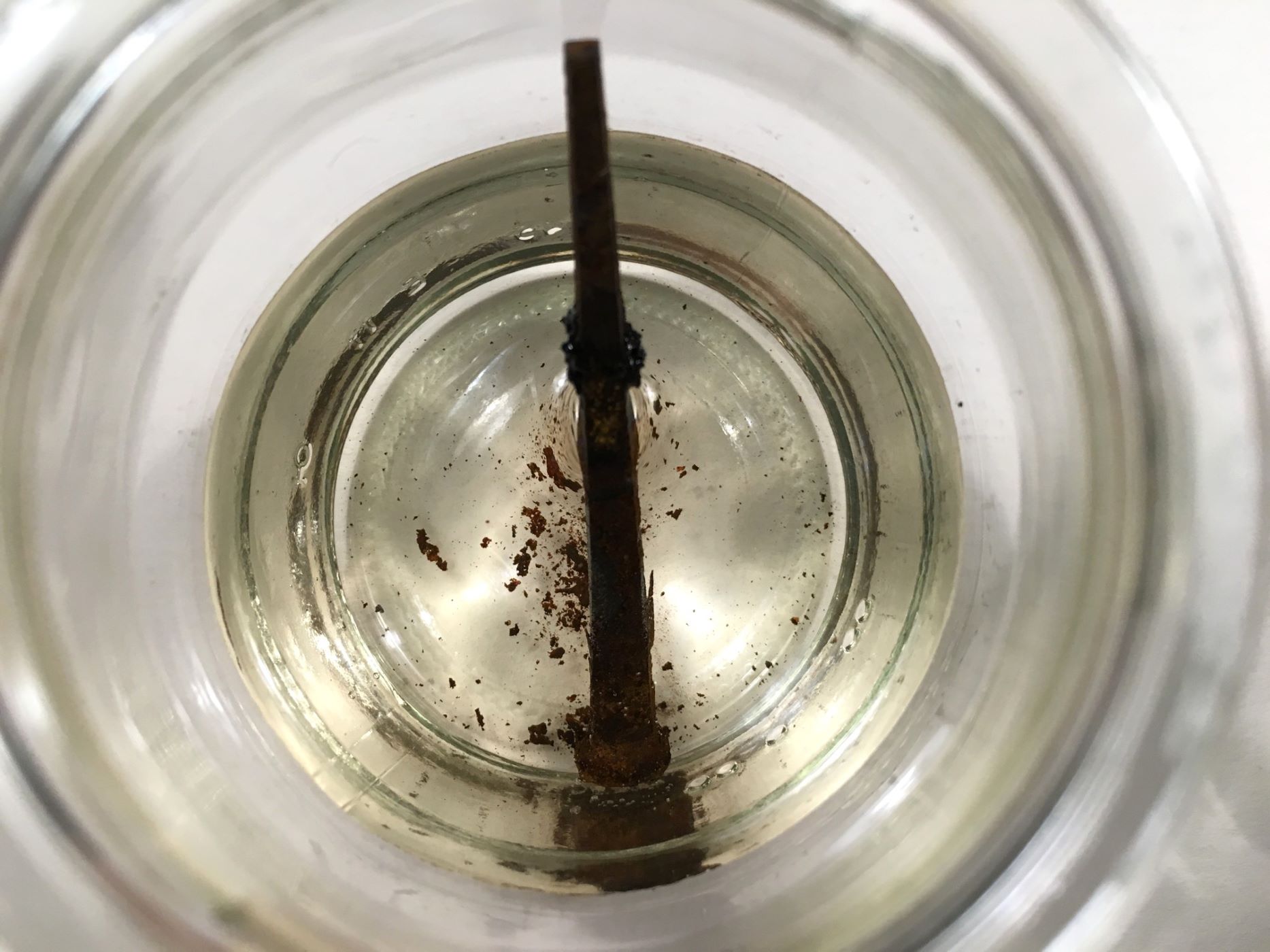
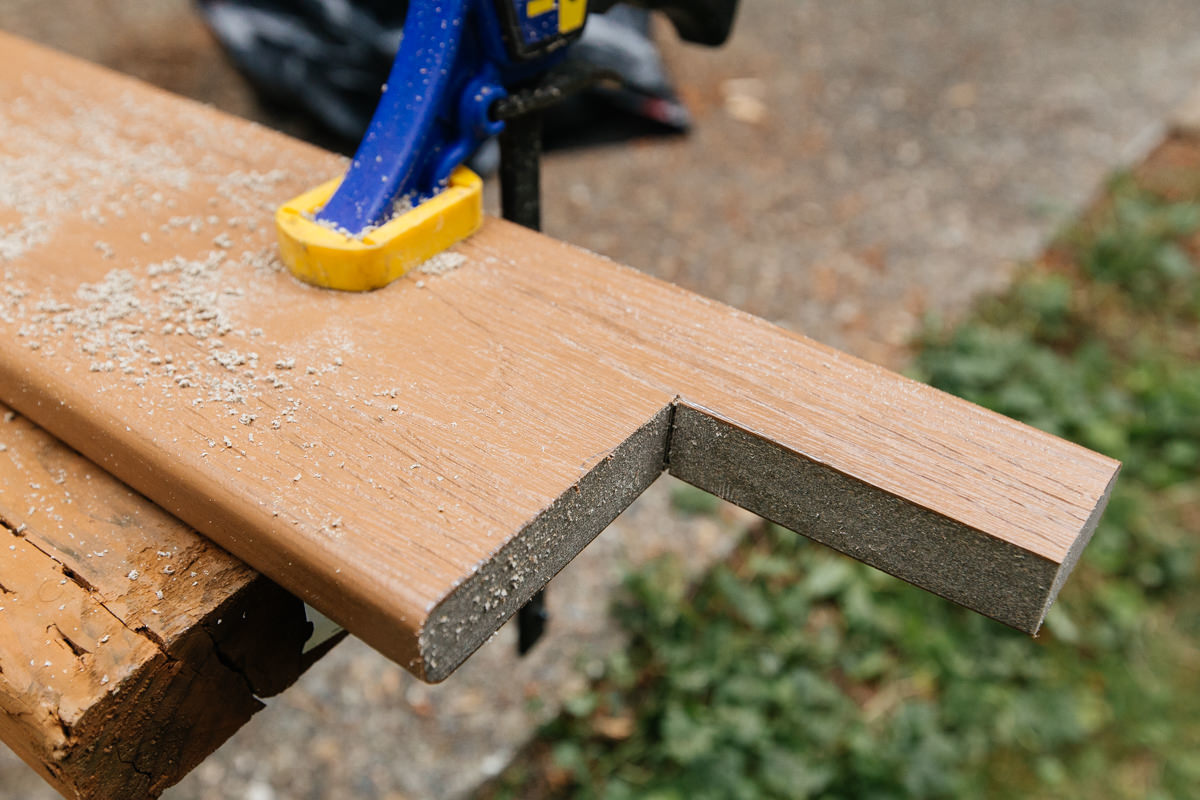

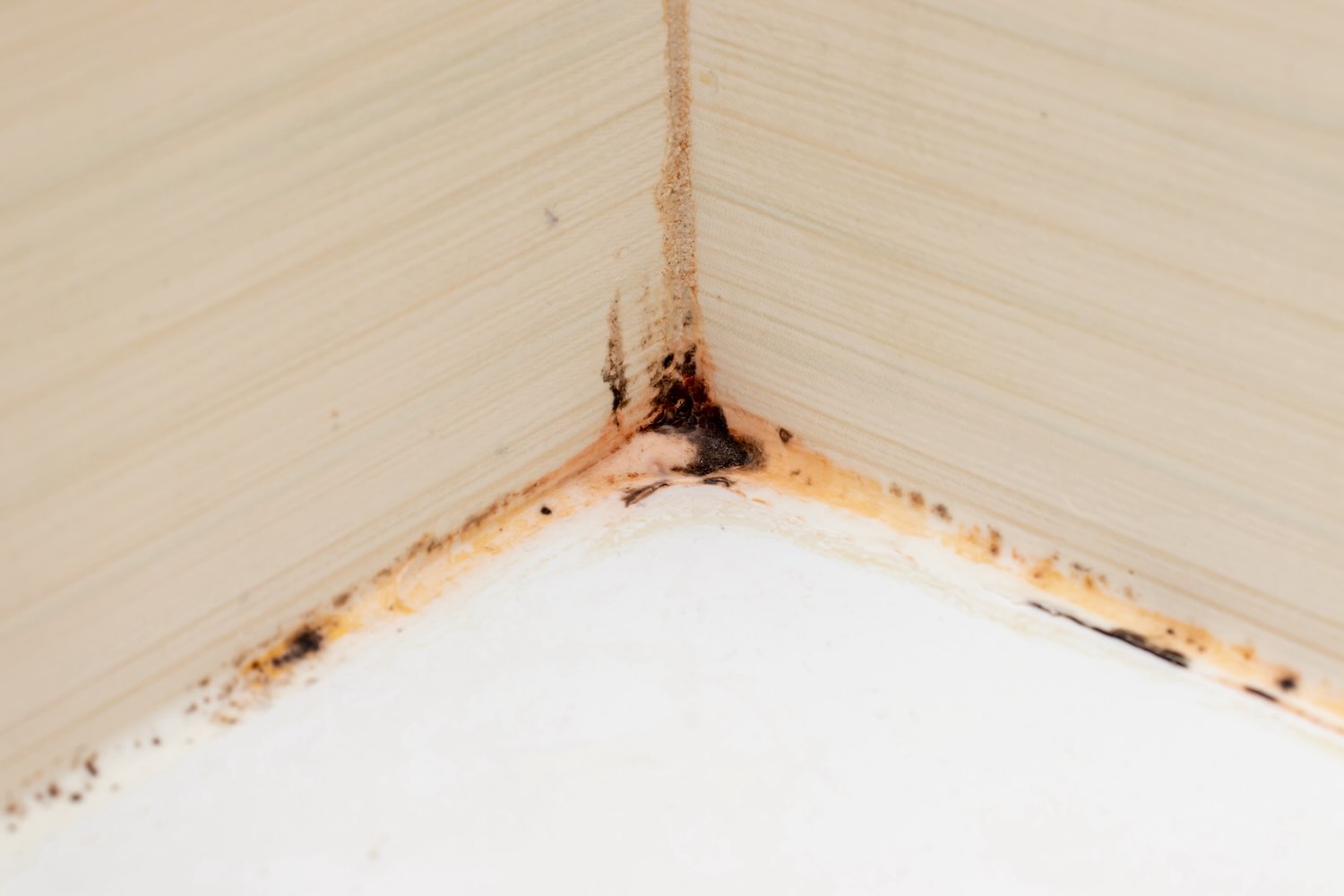

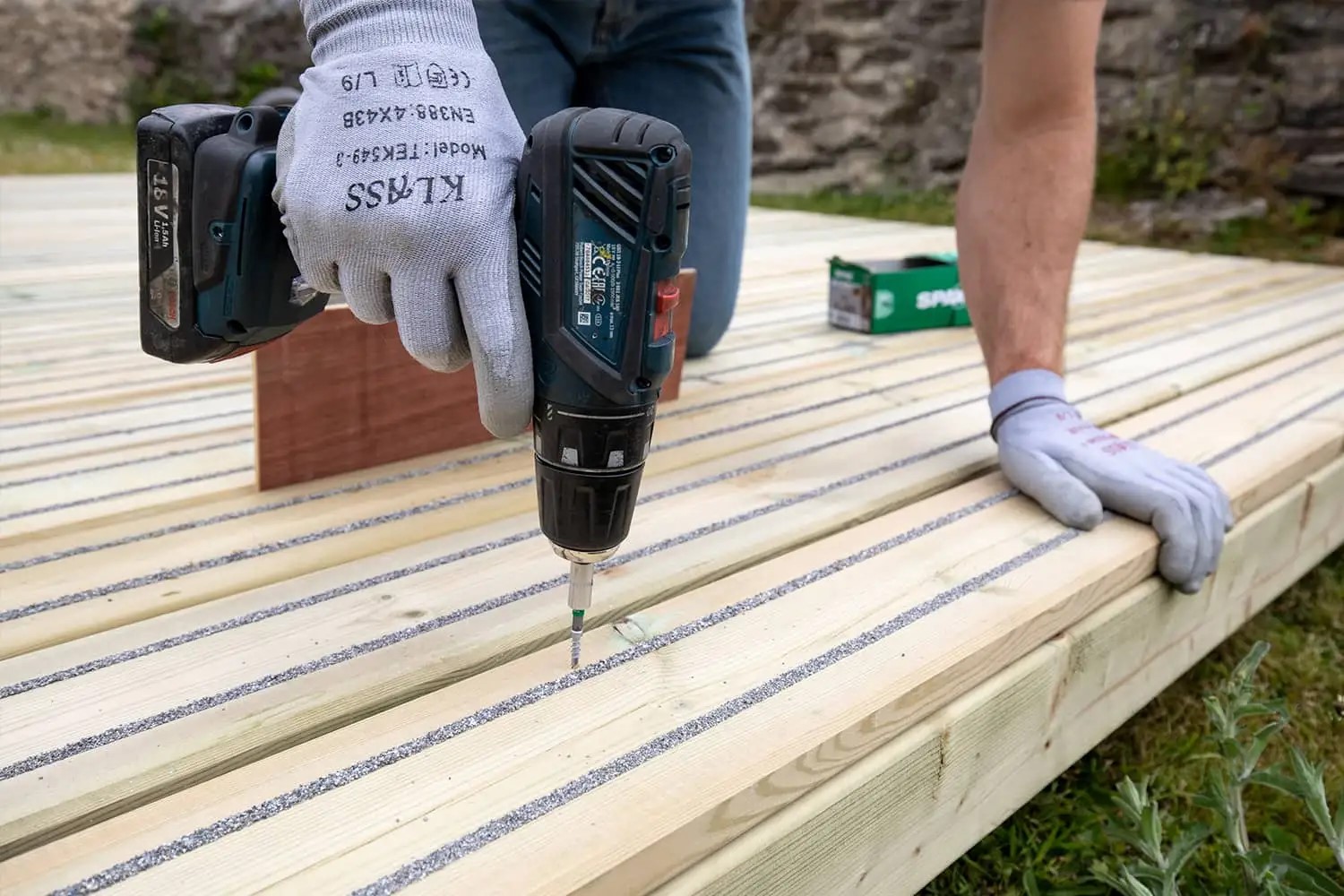

0 thoughts on “How To Remove Rust Stains From Composite Decking”